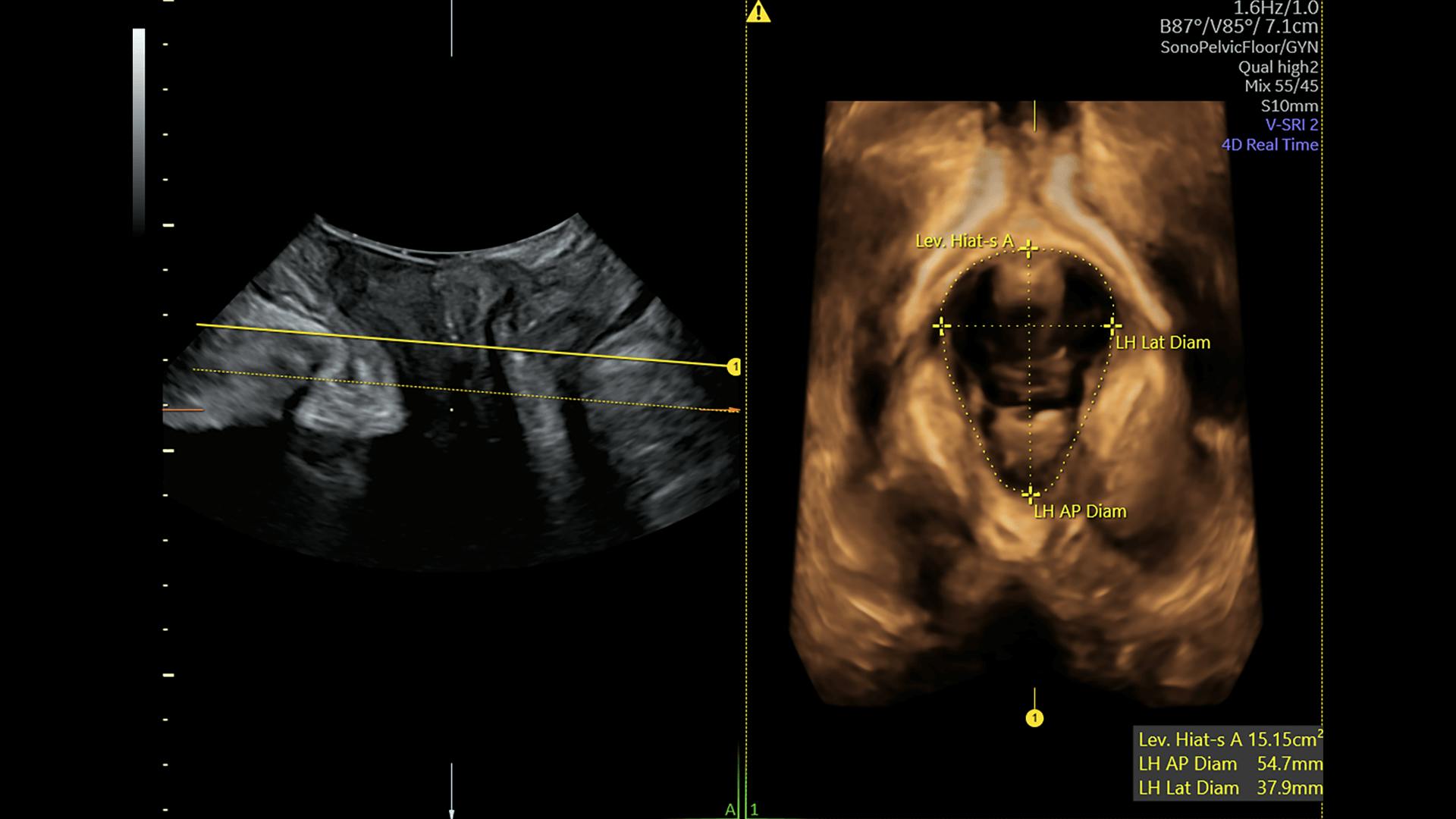No matter how long you've been in practice, a how-to guide is beneficial as a learning tool and a refresher on key OB/GYN patient care topics.
OB/GYN care spans decades, from adolescence to a patient's senior years. There's a lot for obstetricians and gynecologists to know. You may wish for a how-to guide with advice on approaching hot-button health topics or tips for using the latest, most innovative sonography tools. This FAQ list presents a selection of how-to guides that can help physicians provide the best possible care for some of the more challenging health issues that patients face.
- What are the signs of normal versus abnormal uterine bleeding in adolescents? Skipped or unpredictable periods and prolonged or heavy bleeding can be disconcerting to adolescents as their bodies change. Abnormal uterine bleeding (AUB) is often a normal part of the onset of menses but can also indicate more serious conditions. An ultrasound exam can uncover more severe reasons for AUB. This article describes the imaging tools that can help reveal underlying gynecological problems.
- How do you identify endometriosis using sonography? An ultrasound exam can help screen for, diagnose, and treat endometriosis, one of the most challenging pathologies addressed by OB/GYN practices. Endometriosis can be a subtle and complex condition that presents in multiple forms. This how-to guide describes the different forms and includes a host of helpful images and a downloadable poster explaining how to approach a sonographic evaluation of a patient with suspected endometriosis.
- How do pelvic ultrasound exams keep patients with anorexia on track to recovery? As patients with anorexia nervosa recover, it's important for their OB/GYN physicians to monitor growth, reproductive development, and fertility. Pelvic ultrasound can ease patient anxiety by reducing the need to stand on a scale. These exams provide objective measures of recovery and growth without linking improvements to weight gain. These exams can also track pelvic organ maturity and play a role in preconception planning. Learn more about how pelvic ultrasounds can help OB/GYN practices manage this patient group's recovery, preconception, and conception.
- What are the best ways to discuss eating disorders and fertility with patients? There's a negative association between eating disorders and fertility. Patients with these disorders often resist talking about them with their doctor. If you have patients with eating disorders, it's important to find ways to manage those issues before, during, and after pregnancy. Learn how eating disorders can complicate fertility and strategies to discuss the topic openly and compassionately with patients.
- What lifestyle habits should patients adopt if they struggle with infertility? Patients can improve lifestyle habits like weight, environmental exposure, nutrition, and smoking. These changes can help their chances of conceiving. In this article, learn how to help patients understand potential connections between their lifestyle and infertility. Then, review what steps they can take as they try to become pregnant.
- What should you know before performing an umbilical artery Doppler assessment? An umbilical artery Doppler assessment is a non-invasive way to gather information on fetal well-being during the second and third trimesters. Learn key things to know before performing this assessment, such as: why and when umbilical artery blood flow varies, which part of the cord to read, reasons for using consistent measurement sites, and what normal Doppler waveforms look like.
Providing responsive and compassionate care is always a priority, but this commitment becomes even more vital when patients face serious concerns like eating disorders or infertility. Staying current on recommended ways to communicate about and treat these conditions through a how-to guide helps improve OB/GYN patient care by treating and respecting the whole patient.




